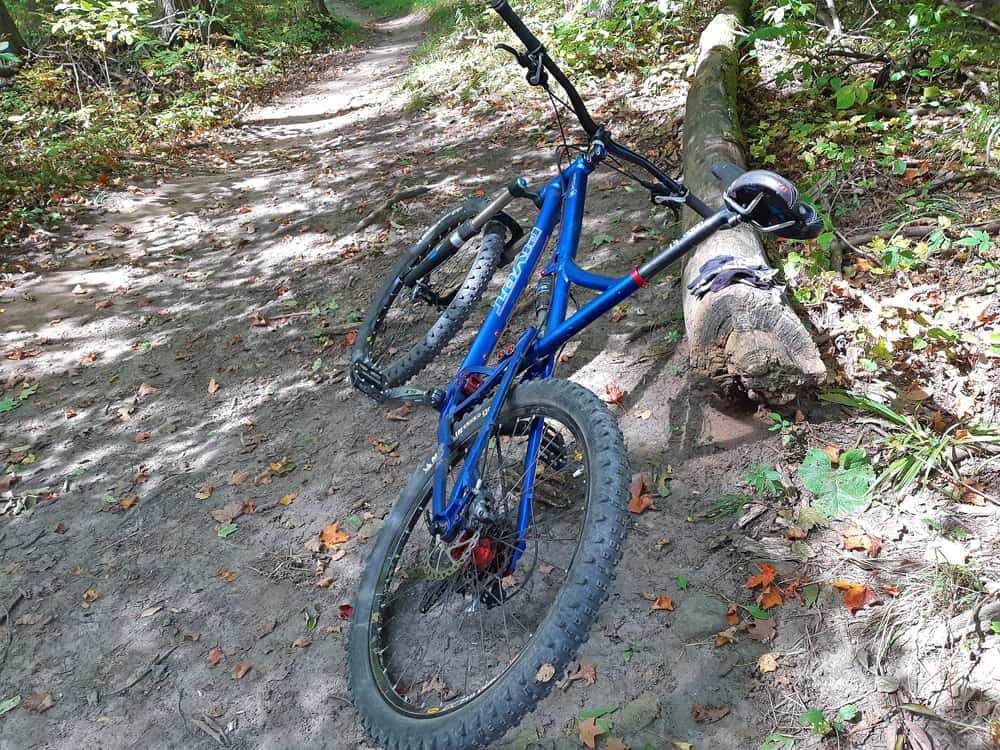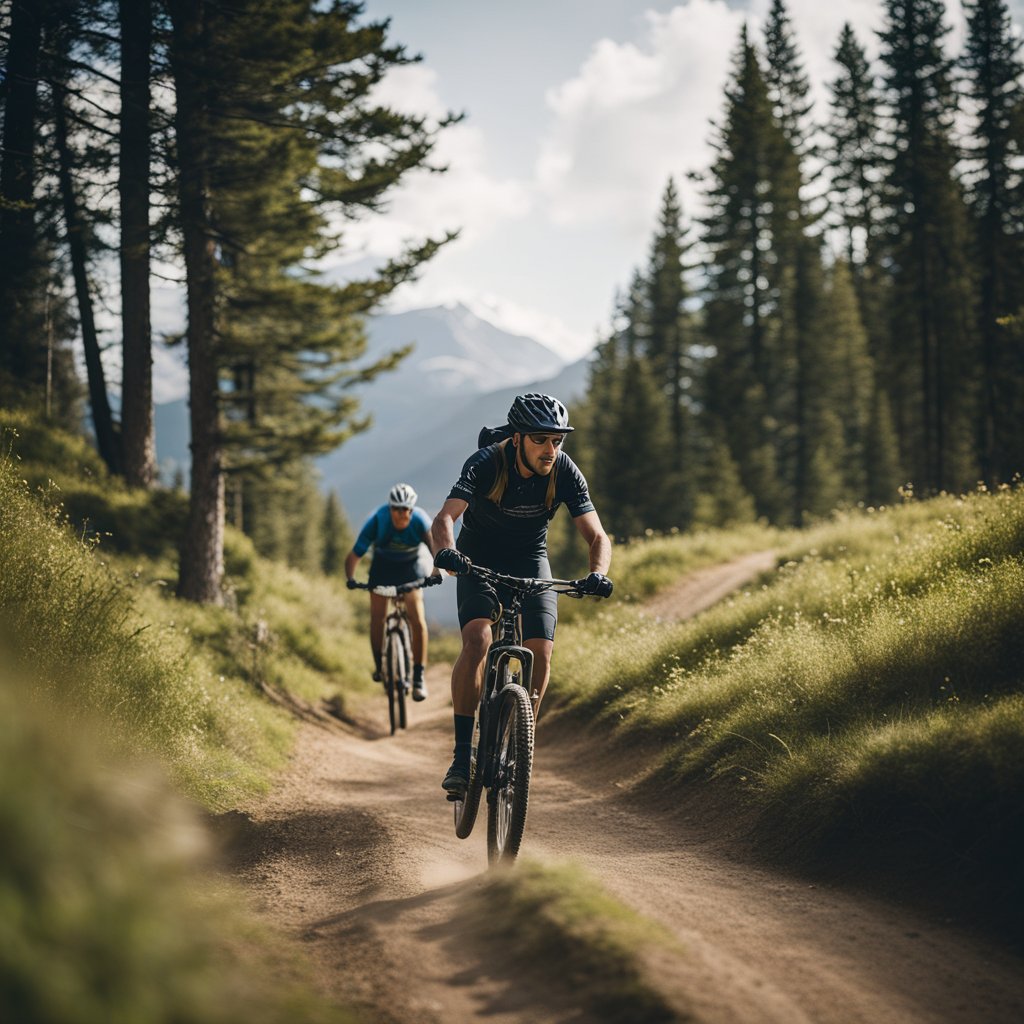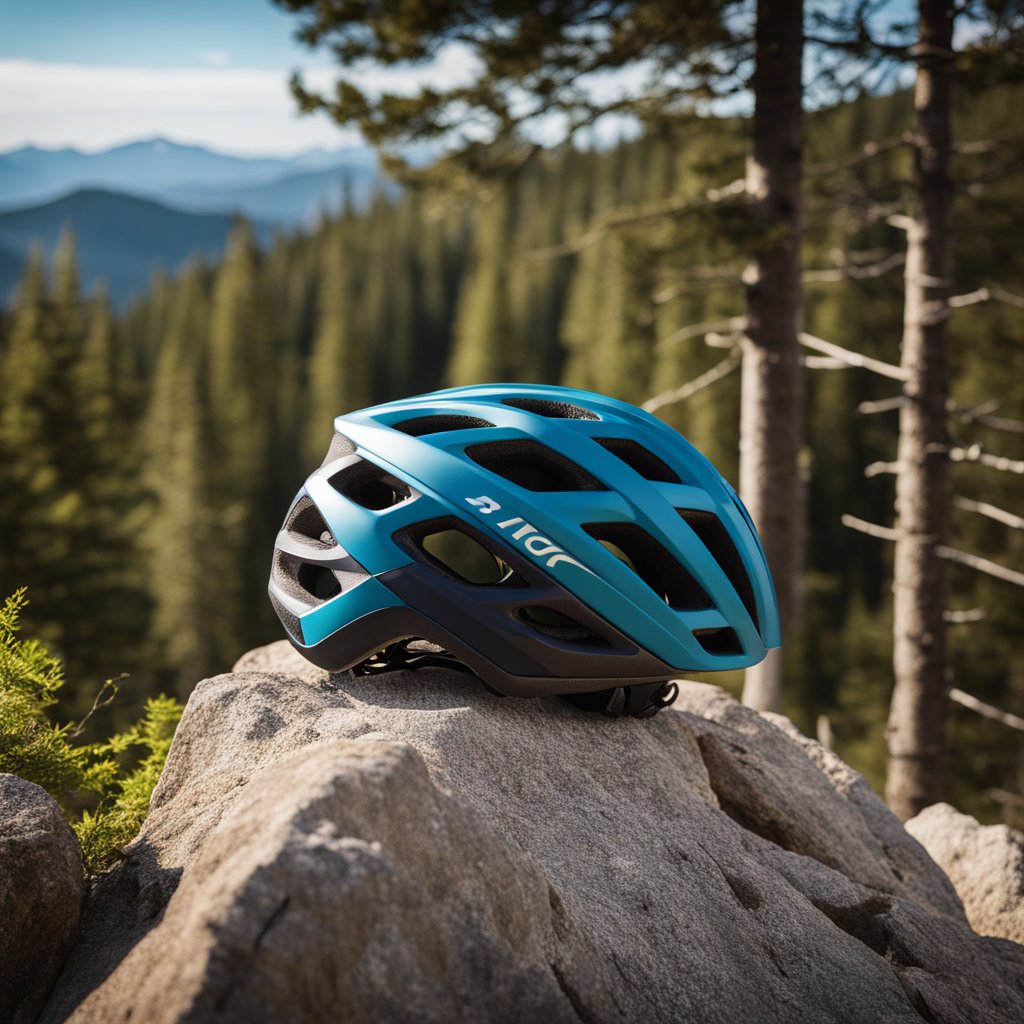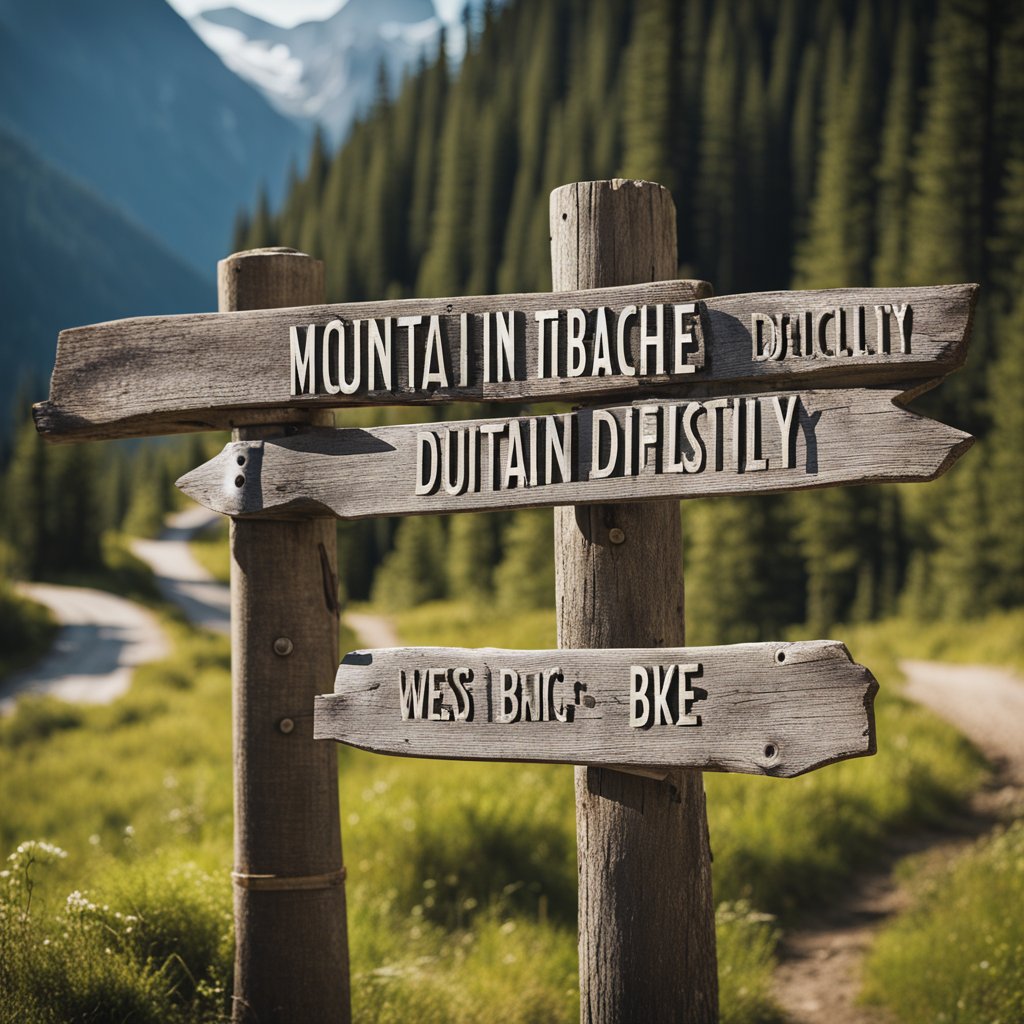Mountain biking is a dangerous sport. It doesn’t matter how talented or experienced a rider you are – at some point, you’re going to crash. There are more variables that come into play besides your own skill level. Unexpected trail conditions, mechanical failure or even a collision with another trail user can all cause a wreck while being completely out of your control. Here are 8 things to do after crashing your mountain bike:
Check for injuries
This is obviously the most important thing and it should be the very first one you check. You’ve gone from traveling at speed to hitting the ground or obstacle and coming to a dead stop. Your adrenaline is going to be pumping and at first, you might think you’re totally fine.
Slow everything down immediately. This can be difficult but you need to be able to assess the situation with a clear head. You need to allow yourself to grasp the fact that you are no longer zipping through the trees.
Once you have a better understanding of your injuries (or lack thereof), you need to decide whether it’s time to call for help or you’re able to get home on your own. If you’re able to stand up, walk, and move around without being in too much pain, you should be able to maintain some of your pride and continue on your way.
Broken bones and deep cuts are pretty obvious to see but there are a few lesser injuries that can still make riding your bike back home difficult. Your arms and legs are usually the most likely to be injured in a mountain bike crash since most people automatically use them to break their fall.
Check for any noticeable swelling. If a wrist or ankle is hurting, check to see if you can bend it and put weight on it. A bad sprain can be painful and make riding your bike unsafe. That can cause another (possibly worse) crash so keep an eye out for it.
Don’t be surprised if you’re having some trouble breathing at first. It’s very common to knock the wind out of yourself after a crash. This is another reason to slow everything down right away and focus on deep, controlled breathing. If this doesn’t improve on its own after a few minutes, there’s probably something more serious going on and you need to get help.
After determining that you’re able to continue riding, don’t just hop on and continue as if nothing happened. Find a relatively flat and easy section of trail and ride that first. There are a lot of cases where you might feel fine until you actually attempt to ride – you don’t want to find out you were wrong on a difficult section of trail. If everything still feels ok, now you can be on your way.
Clear the trail
As soon as you know that you aren’t in immediate danger, your focus needs to be on clearing the trail. If you, your bike, your gear, or any debris from the crash are blocking the path, there’s a very good chance that you’re going to cause another one.
I’ve seen this happen more times than I can count. One crash can turn into a chain reaction very easily. Pull off to the side of the trail or out into a clearing as soon as you can. You have to assume that the next rider to come by isn’t expecting someone to be stopped so try to make yourself visible rather than hiding on the inside of a blind corner.
We joke about becoming part of the trail if you crash, but getting hit by a 180 lb rider at speed can hurt both of you badly. It’s best to clear the way as soon as possible.
Another thing to watch out for is any changes to the trail that your crash might have caused. Sometimes a large rock will be dislodged or a branch will be sticking out into the trail. The last thing you want to do is cause someone else to get hurt so make sure to take a good look around for any potential hazards to other riders.
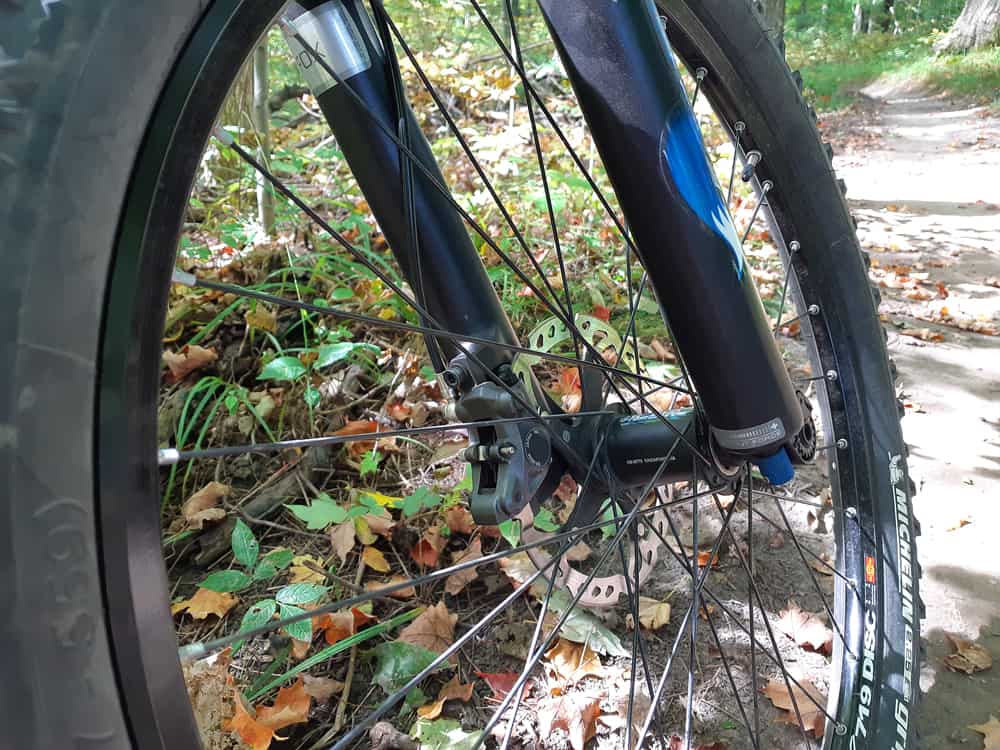
Inspect your bike
“Is my bike okay!?” This was your mode of transportation to get you to where you are and chances are, you’re going to need it in order to get home. This is another common joke but in all seriousness, make sure you’re alright before you even consider your bike. I know it’s expensive and you love it, but your health is always numero uno.
Take a moment to think about how your bike landed and where it was impacted. This will help you to zone in on what areas to check first. Bent handle bars and wheels are typically the most common things to be damaged when crashing your mountain bike. They’re also kind of important as to whether your bike is rideable or not.
Check your frame first for any major damage like cracks or dents. Next, inspect your brakes. You’re gonna need them still. A bent or broken derailleur is another common issue. This will not only throw off your gear shifts but it can also cause your chain to skip under load. Take a look at it from behind the bike and make sure the pulleys are in a relatively straight line.
If your bike seems okay visually, pick it up and give it a bounce. Any new squeaks or rattles would indicate something that’s loose or even broken. Try your best to hunt down the cause of any new sounds.
Once you start riding, pay attention to how your bike is behaving. Is it tracking straight? Does it feel like it’s squirming or slower? That could indicate a flat tire. Do your brakes still grab like normal? If they’re squishy or the lever is traveling further, you might have damaged a brake line. Are your gears skipping or is your chain jumping?
Any of these things can cause you to crash again, especially if you’re still a bit rattled from the first one.

Figure out what went wrong
This is optional because honestly, you might not care. But for some people, we want to know what caused us to crash in the first place. Was it our fault? Or can we blame our bike or the trail conditions?
You might want to go walk back and take a look at the obstacle that caused you to go down. If anything seems different than previous times you’ve ridden it, take note. Sometimes a rock will move or erosion can cause a drop that you’re normally able to roll off to get taller.
All of this is important if you want to avoid crashing again in the same place. It also gives you an idea of what skills you may need to improve in the future. Even the best riders in the world have things they want to get better at.
Get back to the parking lot
Unless your crash was the mild type that you can just laugh at and carry on, I’m sorry to say – you’re done for the day. It’s very possible that you have injuries that you haven’t noticed yet or that your bike is in worse shape than you originally thought. You don’t want to head deeper into the forest or away from civilization at this point, even if that was your plan for the ride.
Unless you’re a veteran when it comes to crashing, you’re probably still a bit rattled both mentally and physically. Your reflexes won’t be as good as normal and your balance might be off too. The human body isn’t really meant to smash into things so once you’ve had a significant crash, it’s time to rest and recover.
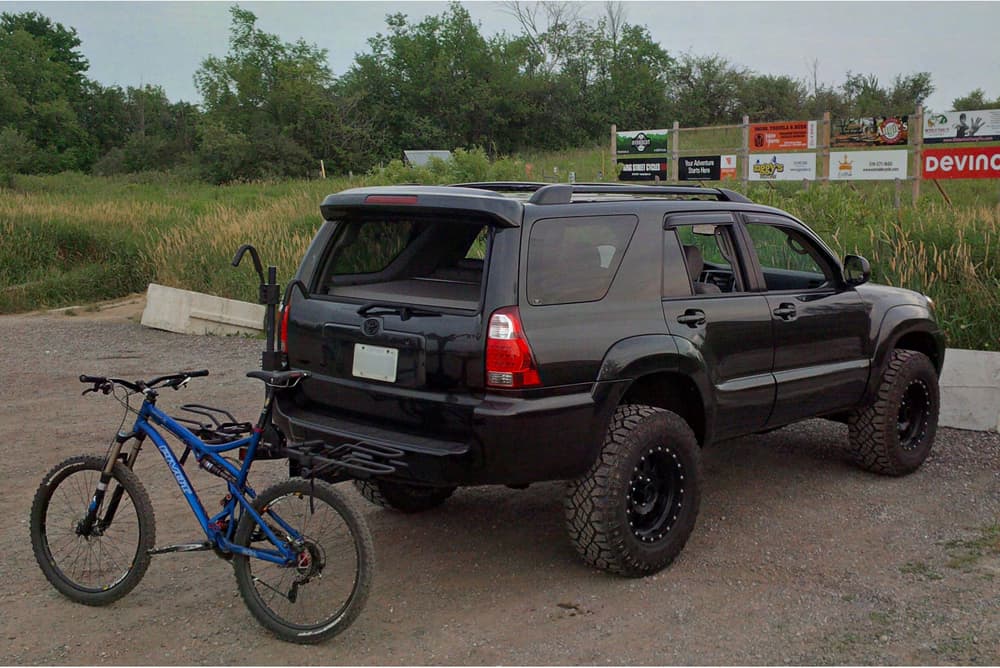
Use any remaining energy to get yourself back to your car in the parking lot (or home if you rode to the trail). If you’re in worse shape than you thought, you’ll be glad you did. I know it’s frustrating to miss out on the ride you were looking forward to, but you can always head back out tomorrow.
If you continue trying to ride while you’re rattled, it’s only going to end badly. I’ve tried powering through it myself and almost every time it resulted in more crashes or an overall bad ride. You’re better off to chalk it up as a loss and try again next time.
Inspect your helmet
Manufacturers recommend replacing your helmet after any significant crash. They’re full of foam inside and there’s a chance that it can be damaged even if it doesn’t look too bad from the outside. Pay attention to any new scratches or scuffs. A lot of times we think we didn’t hit our head at all but the evidence on the helmet proves otherwise.
If you notice a lot of damage to your helmet, you might want to consider getting checked out by a doctor. It might just mean that it did its job but it’s better to be safe than sorry.
Give your bike a thorough check-up
Once you get home, it’s a good idea to go over your bike thoroughly. If you have a work stand to get it up off the ground, this is a good time to use it. Make sure you have bright enough lighting to be able to get a close look at everything. Check for cracks, bends, and dents. Pay attention to any new scratches because that indicates the bike took an impact in that area.
If you aren’t used to working on your own bike or you’re just unsure, it’s a good idea to take your bike into a shop for a quick tune-up and inspection. Tell them about the crash and they’ll know how to check for any related damage. Getting the “all clear” from a professional will give you peace of mind the next time you head out for a ride.
Get your story ready
Don’t forget to exaggerate every aspect of the crash to your buddies. Nobody wants to admit that a 1″ tall root caused them to front flip into the cabbage. It’s scientifically proven (not really) that telling your friends your crash was much worse than it was will lessen any pain you’re feeling from it.
If you’re reading this post, you’ve probably crashed recently. Heal up! Remember, it’s important to get back out there as soon as you’re able to. Don’t let crashing your mountain bike scare you away. It’s a part of the sport. Who knows, maybe the next time you attempt that obstacle, you’ll nail it perfectly. Sometimes we need to learn how not to do something before we can do it.
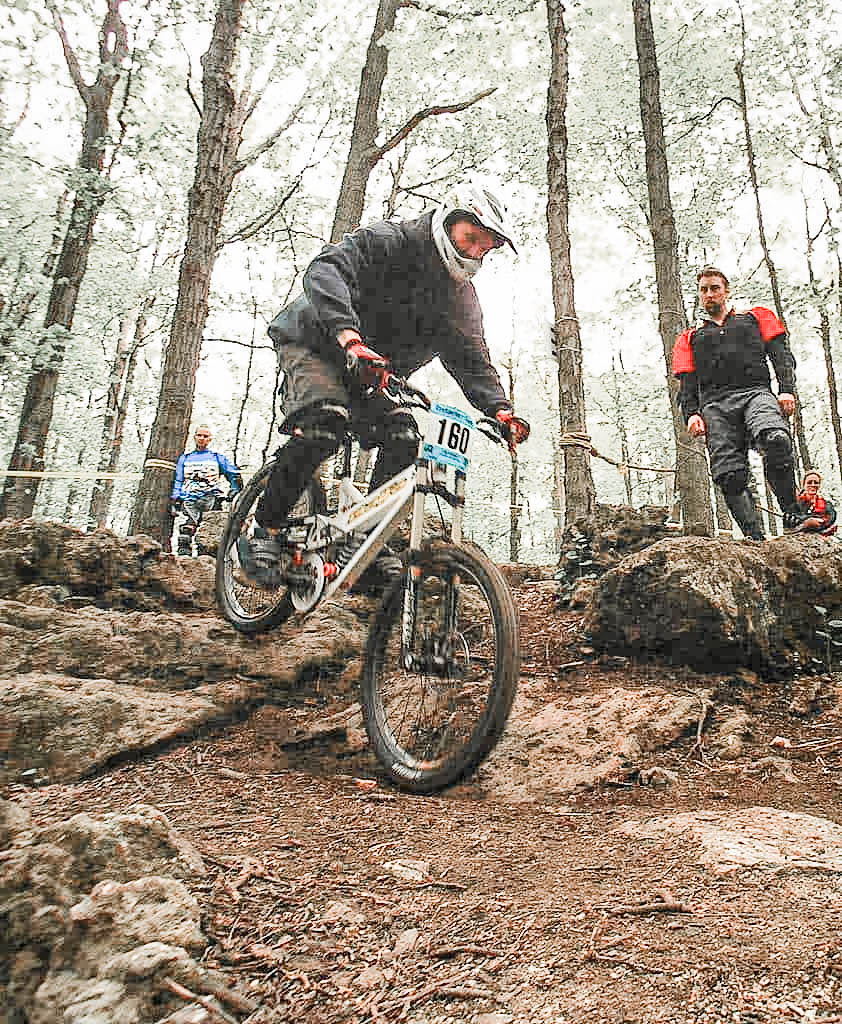
Tim is the founder of SimpleMTB and has been mountain biking for decades. He raced in the Ontario Cup series during his teenage years and riding continues to be one of his favorite hobbies now as an adult.
